The product’s design future is parametric design.
Parametric design is changing how engineers conceptualise and carry out their designs, just as technology has improved in every other field.
What is parametric design in the product?
Engineers can utilize the parametric design technique to produce intricate, specialized items or constructions. Designers can enter a collection of parameters, or variables, that the algorithm uses to produce a special answer through this procedure.
An engineer might enter information on a site’s dimensions, quantity of solar exposure, and soil type, for instance. The computer would then produce a specially designed solar panel that is tailored for that particular place.
The parametric design method is adaptable and can be used to solve a variety of issues, including those in engineering, architecture, and product design.
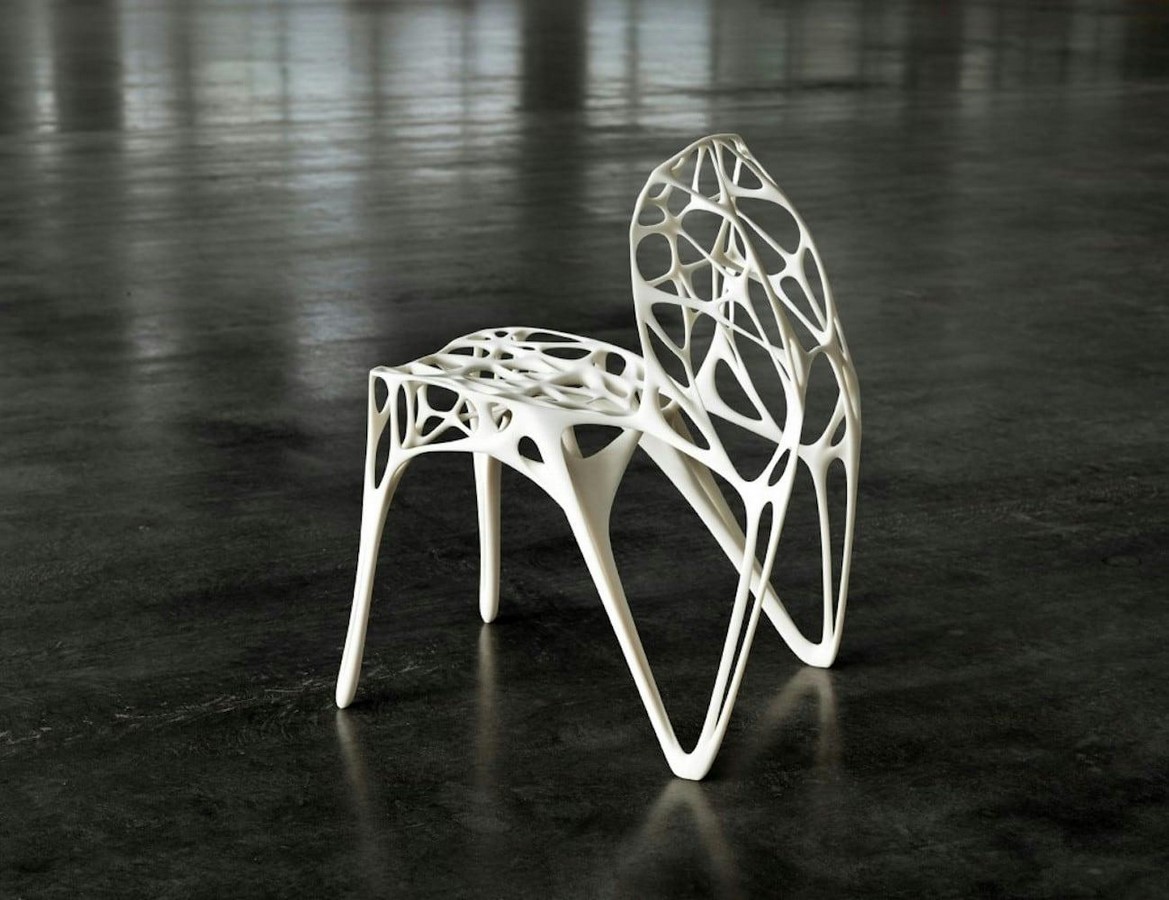
A parametric design is one that results from a set of parameters that the designer specifies. These parameters act as the design’s guiding principles and every element of the design submits to them.
The shape of the entire structure can be optimized if the parameter is, for instance, the flow of people. The design’s structure, formal language, façade, and even detailing can all be determined by these criteria.
The parametric design method is referred to as such. started in 2010 and was popularized by the late Zaha Hadid. Patrick Schumacher, a former partner at Zaha Hadid Architects, put the project into a theoretical context. According to parametric theory, the only way to solve the increasingly difficult.
Advantages of parametric design
Flexible design approach: Flexible parametric designs are advantageous because they are infinitely more adaptable. The final design is instantly updated when parameters are changed. Once a model is put up, every change to the design may be made by only changing a parameter.
Speed: When it comes to design modifications, parametric modelling has the ability to save time. It is possible to swiftly develop and assess several design revisions.
Precision: With parametric design, architects may precisely specify, modify, and control any part of the design.
Precision: This precision is not simply confined to the beginning stages; it can be upheld throughout the whole project lifecycle, guaranteeing consistency in the execution of the concept.
Challenges in Parametric Design
Repetition: Many designs produced using parametric tools resemble one another. This is primarily caused by architects’ lack of programming experience. And because they lack the skills to write fresh scripts, they must rely on a preexisting set of algorithms.
Limited to predetermined parameters: While parameters inside a script can be changed at will, the description of the relationships between design elements, or the script, remains static. The design freedom may be constrained by the fact that changing the parameters alone will produce an endless number of choices, but only within a limited design context.
Dependency on technology: Because parametric design depends so heavily on a particular piece of software, it is susceptible to defects and compatibility problems.
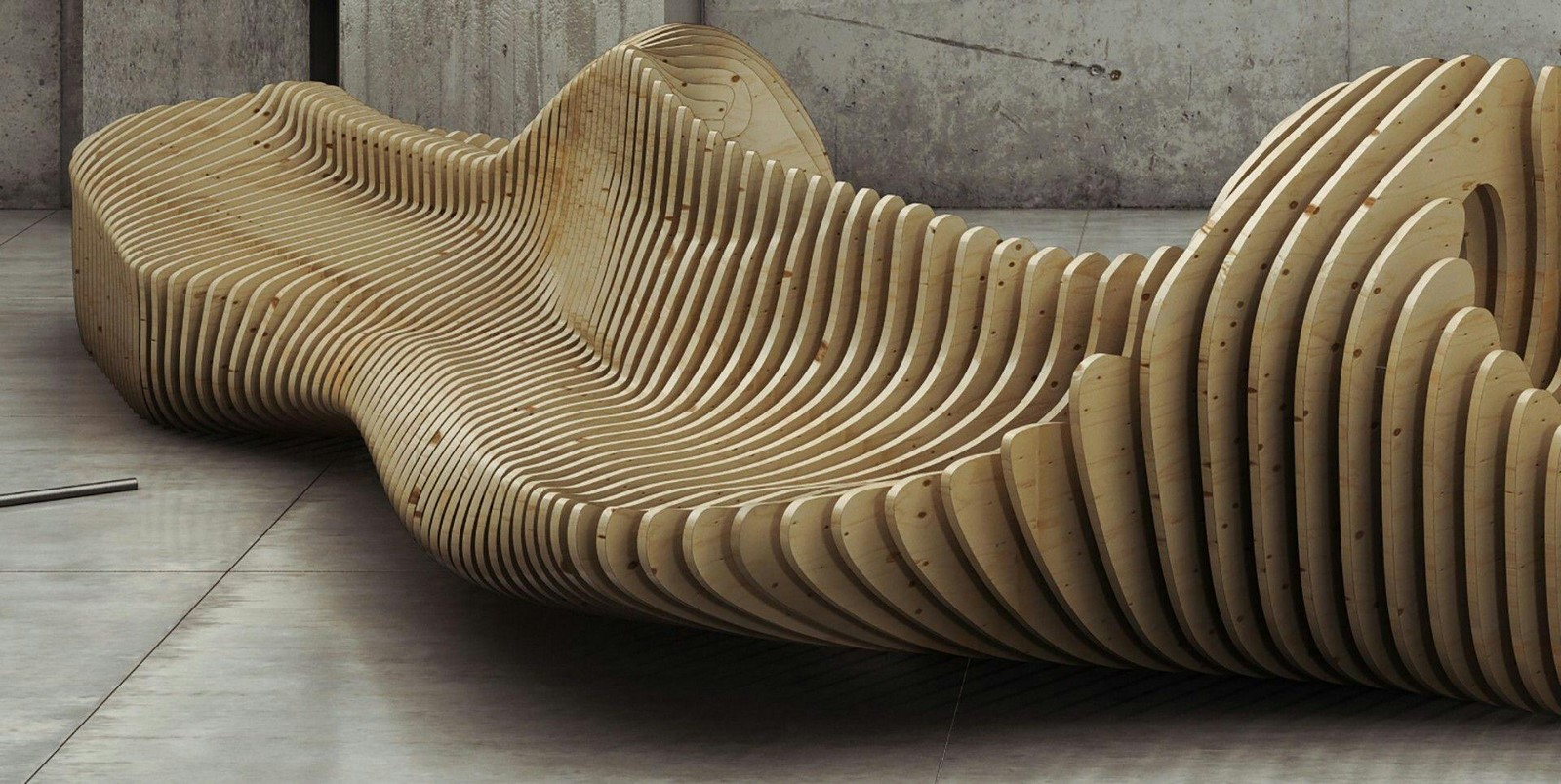
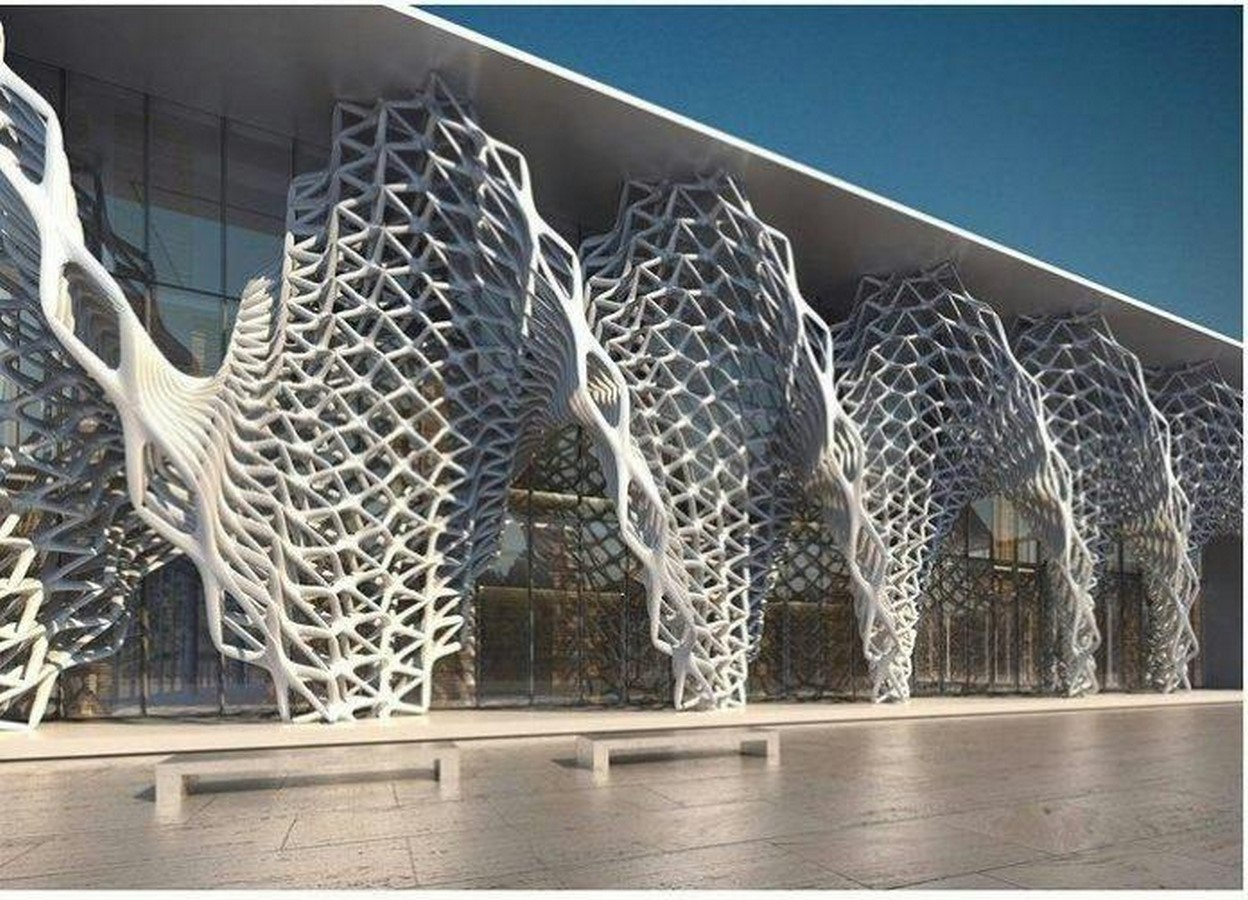
Understanding of Nonparametric Design
In contrast to parametric design, the non-parametric design puts the designer’s creativity front and centre. Instead of emerging from a computationally driven process, design aspects are purposefully and explicitly developed by the designer.
Here, the focus is on the creativity and cleverness of design, providing a space for the designer’s distinctive style to flourish. This method encourages a sense of uniqueness and originality in each endeavour, resulting in designs that bear the signature of their creator.
Before contemporary computational tools and software, the non-parametric design was the norm. To create their designs, designers used manual drafting and their inventiveness. To develop unique and helpful environments, they drew on their understanding of the materials, historical contexts, and customer needs.
Challenges in non-parametric design
No Flexibility: Non-parametric design requires a lot of hand-crafting on the part of the designers. Flexibility must be given up to have the ability to create every element as the designer sees fit. Changes are challenging to implement once designed and require redrafting.
Lower Precision: Non-parametric design does not use the accuracy and precision of computation. The way elements fit together in a design can be less precise when human judgment and monitoring take place.
Time-consuming: Parametric designs may easily generate different, diverse elements while non-parametric designs must be created element by element. As a consequence, time efficiency is less economical in comparison.
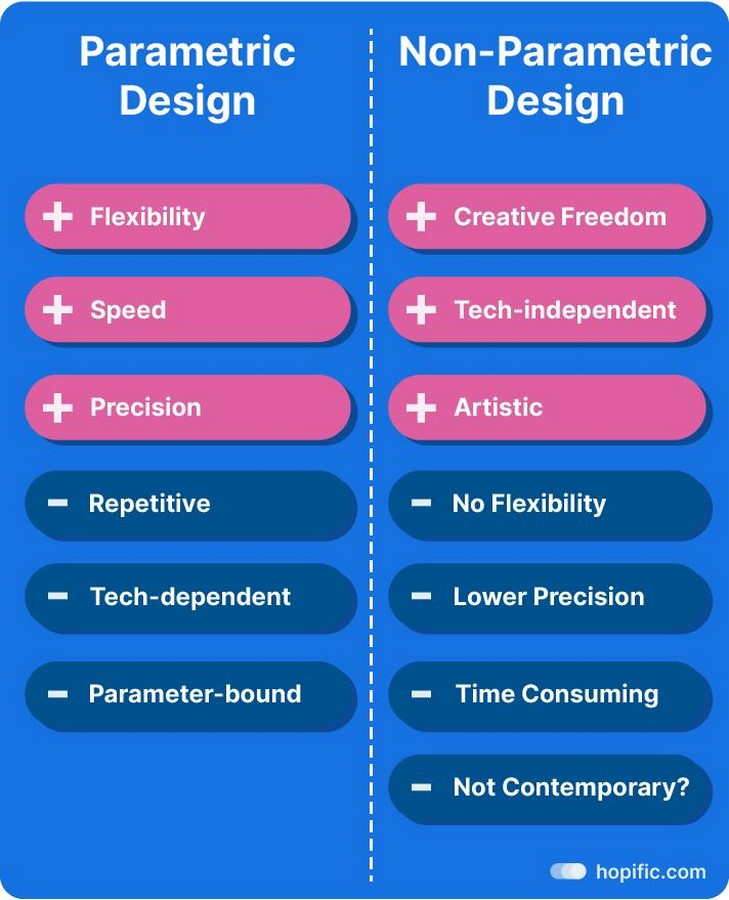
Now that we are more comfortable with each and have examined the benefits and disadvantages of each, let’s evaluate parametric against non-parametric design in terms of design quality.
Though there is no impartial way to determine the quality of a design, there are differences between the two ways that are worth bringing out.
Before examining parametric versus nonparametric designs, we must first examine the design as a whole.
The Inspiration of Nature Through Parametric Design
The design idea is the most important factor when it comes to design. What captures people’s attention, makes a design immediately understood, and, in the best case scenario, results in a coherent, aesthetically beautiful formal representation is an original design idea.
Consider J.R. Utzon’s Sydney Opera House as an illustration. The Sydney Opera House, one of the most recognizable structures on the planet, is an example of a powerful design principle driving shape. The winning design by architect Jorn Utzon was based on the idea of building a sculptural, artistic edifice. The architect created the distinctive, shell-like features of the building in an effort to resemble the sails of the many ships in Sydney Harbor. These broad, sail-like shapes have come to represent the country and the metropolis.
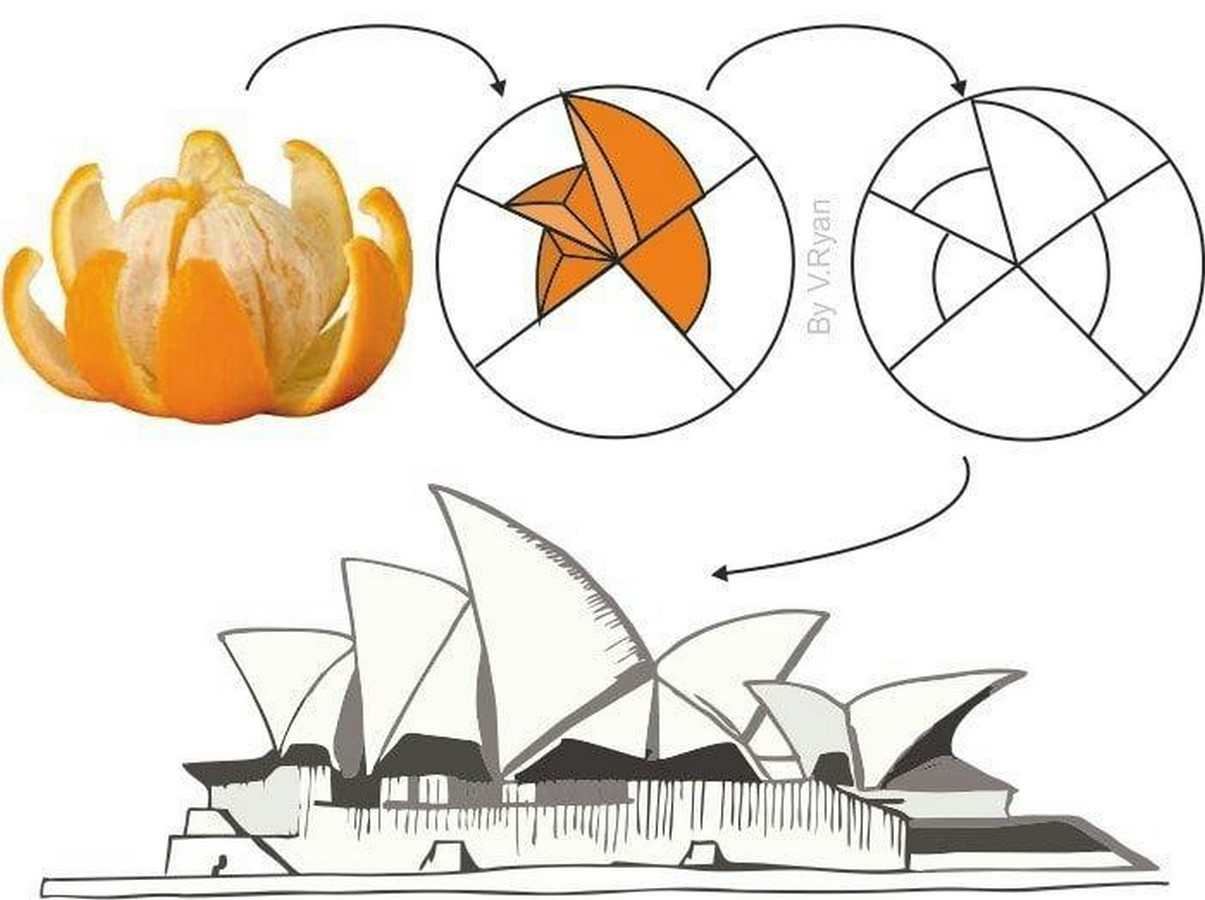
In the end, there shouldn’t be a clear-cut option between parametric and non-parametric design. Instead, they ought to be seen as supplementary instruments in the arsenal by architects and designers. When applied properly, each can help someone improve their creative vision. Pushing the limits of what is feasible in architectural design will require recognizing the qualities of both methods as design continues to change in response to new technology and shifting societal needs.
In conclusion, who wins in the battle between parametric versus nonparametric design?
The design should come first, and whether it is developed parametrically or not should be secondary. Perhaps the issue is poorly phrased.
References:
Pickard, N. (2023) Parametric design: What is it & how is it shaping the industry, Transcend. Available at: https://transcendinfra.com/parametric-design/ (Accessed: 15 October 2023).
(No date) (PDF) opera sydney case study analysis – researchgate. Available at: https://www.researchgate.net/publication/341000859_Opera_sydney_Case_Study_Analysis (Accessed: 15 October 2023).
















